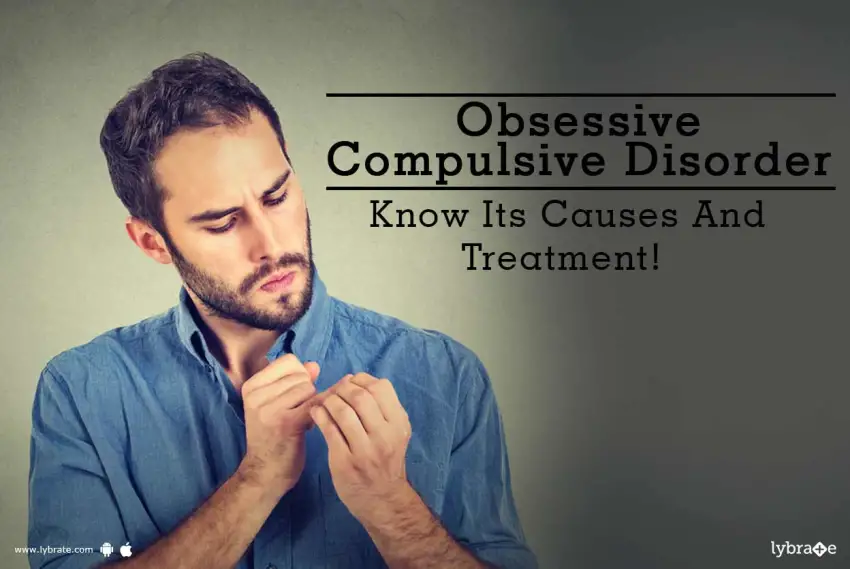Obsessive Thinking Disorder - Causes and Treatments

Although the cause of obsessive thinking disorder is not yet determined, some researchers think biological and environmental factors may play a role. Neurotransmitters, which carry messages from one nerve to another in the brain, may be involved in this disorder. People with this disorder may have a low level of serotonin, a type of brain chemical. It is also believed that the disorder can be passed down genetically.
Intrusive thoughts
Intrusive thoughts can interfere with daily life, especially work and hobbies. Luckily, there are treatments to manage these thoughts. Cognitive behavioral therapy can help you change how you think and reduce the frequency of these thoughts. You can also seek treatment from a physician for intrusive thoughts.
The first step is to recognize that intrusive thoughts are only thoughts. They do not represent reality or predictions. If you've had intrusive thoughts in the past, they probably weren't related to anything specific. Instead, you may have thought of them randomly and didn't know why they were occurring. The most important thing is to talk to a doctor and seek treatment for intrusive thoughts.
Compulsive rituals
OCD is a mental disorder in which a person becomes stuck on a repetitive, anxiety-provoking thought. Despite their efforts, these thoughts often continue to play in the person's mind, and it's difficult to suppress them. Moreover, trying to suppress them only makes them more irritating.
To stop obsessive thoughts, a person can perform rituals or behaviors. These behaviors are also called compulsions. These activities are usually elaborate, repetitive, and self-inflicted and are performed to avoid or eliminate the source of the anxiety. While these rituals may have therapeutic value, they can also become time-consuming and demanding.
Mindfulness therapy
Mindfulness therapy for the obsessive-compulsive disorder can help people reduce anxiety and depressive symptoms. The therapy involves developing skills to accept obsessive thoughts and reduce resistance. This therapy is based on a research design that emphasizes conscious and nonjudgmental thinking to help patients deal with their symptoms.
In addition to addressing symptoms, mindfulness has broader psychosocial applications. For example, it may help individuals develop a sense of purpose and connection to others. It can also help people cope with life's adversities, such as bereavement or physical injury.
Treatment
Treatment for obsessive thinking disorder involves learning to control your thoughts. Thoughts that are out of control are bothersome. To cope with them, you can use rituals or routines to ward off the thoughts. However, these techniques can only offer temporary relief. They can also interfere with normal daily activities and increase your anxiety. For this reason, you should always seek the help of a mental health professional.
A doctor can make a proper diagnosis and prescribe the appropriate treatment. This often involves antidepressants, which take time to work. The medication usually takes several weeks to take effect. The dosage of these drugs should be reduced slowly under the supervision of a doctor. Children with other health conditions, such as rheumatic fever, are at a higher risk of developing obsessive thinking.



